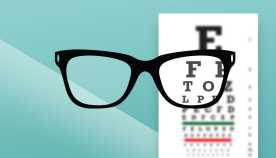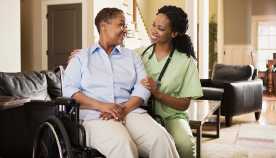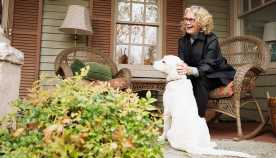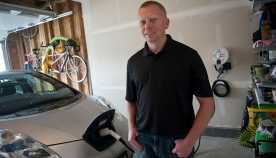AARP Eye Center
CLOSE ×
Search
Popular Searches
Suggested Links
Exciting things are happening in New York and AARP is proud to be a part of them
APR 24, 2024
Connect with AARP New York for thrilling sports games this year! Meet AARP at the ballpark for select Long Island Ducks, Brooklyn Cyclones, and Hudson Valley Renegades games while accessing exciting ticket discounts and sweepstakes.
The names of the first 10 Medicare drugs whose prices the federal government will negotiate directly with manufacturers were released Aug. 29. Popular but pricey blood thinners, diabetes medications, cancer treatments make historic list.
APR 23, 2024
Improve your Mah Jongg game-playing confidence and develop new strategies with AARP New York! AARP members and guests are invited to participate in our 4-part Mah Jongg – Strategies and Variations series. Deepen your knowledge of the classic yet complex game played by millions of people around the world.
APR 23, 2024
Experience live entertainment with AARP New York at the Saratoga Performing Arts Center (SPAC)!
AARP is here to help you take on today – and every day. From sharing practical resources, to holding fun activities and events, AARP is providing opportunities to connect and help build an even stronger New York for all ages to live, work and play. We hope you’ll join us!
Learn how to cook new recipes in honor of Asian American Pacific Islander Heritage Month with AARP New York!
Do you love baseball and want the chance to win a luxury suite experience?
En español | ALBANY, N.Y. - AARP New York State Director Beth Finkel issued the following statement today on the New York State Legislature’s expected passage of the aid to localities bill in the state budget for the 2024-2025 fiscal year:
Connect with AARP New York at select Brooklyn Cyclones games this summer! AARP members and guests can access up to 15% off tickets using promo code SUMMER on their website. Look for AARP staff and volunteers at the ballpark on the concourse level, and stop by our table to learn more about what we are doing in your community.
Consumers can prevent scams by shredding sensitive documents
Join us for Workout Mondays! Connect with AARP New York and IndoRican Dance and Fitness for a series of Balance Bootcamp and Ballet Fit virtual classes.
The Hochul administration ignored serious problems with a state-funded program providing vital home- and community-based services designed to keep older New Yorkers in their own homes
AARP Long Island is proud to bring you discounted tickets to local theaters in your backyard. AARP members and guests can enjoy 20% off select shows from the following theaters. Please visit each respective link to learn more about the available offerings:
AARP Long Island is thrilled to connect with people age 50 and over at the *Long Island Comedy Festival at AARP sponsored shows. Find our AARP volunteers and staff at select performances! Come by the AARP table in the lobby before, during or after each show and meet us to learn more about what AARP is doing in the local community. Learn about the AARP Fraud Watch NetworkTM, local resources, contests, giveaways and much more!
Search AARP New York
Connecting you to what matters most, like neighbors do. Find events, volunteer opportunities and more near you.
Sign up & Stay Connected
Sections
About AARP New York
Contact information and more from your state office. Learn what we are doing to champion social change and help you live your best life.



































































